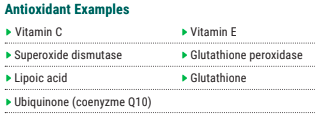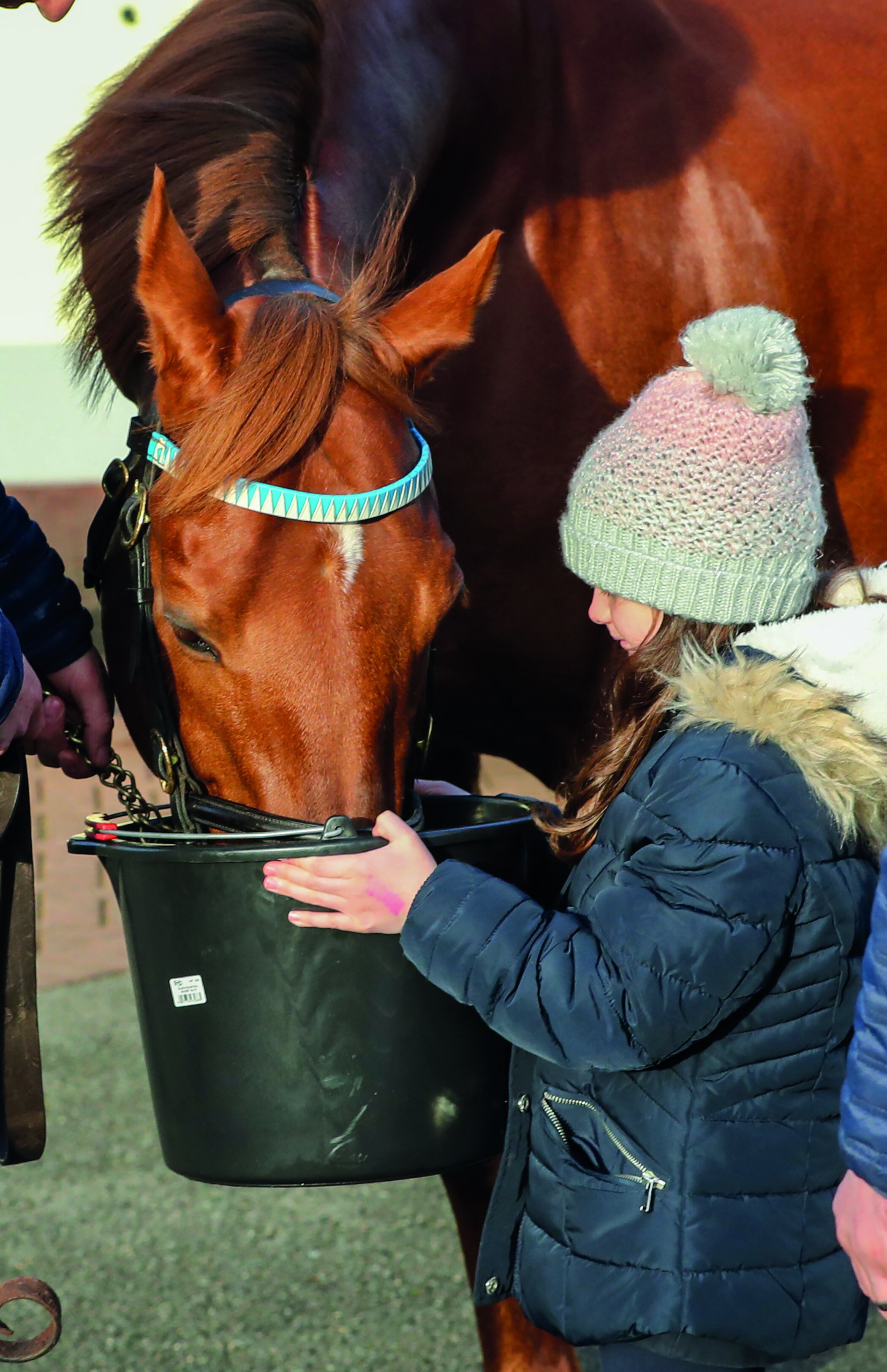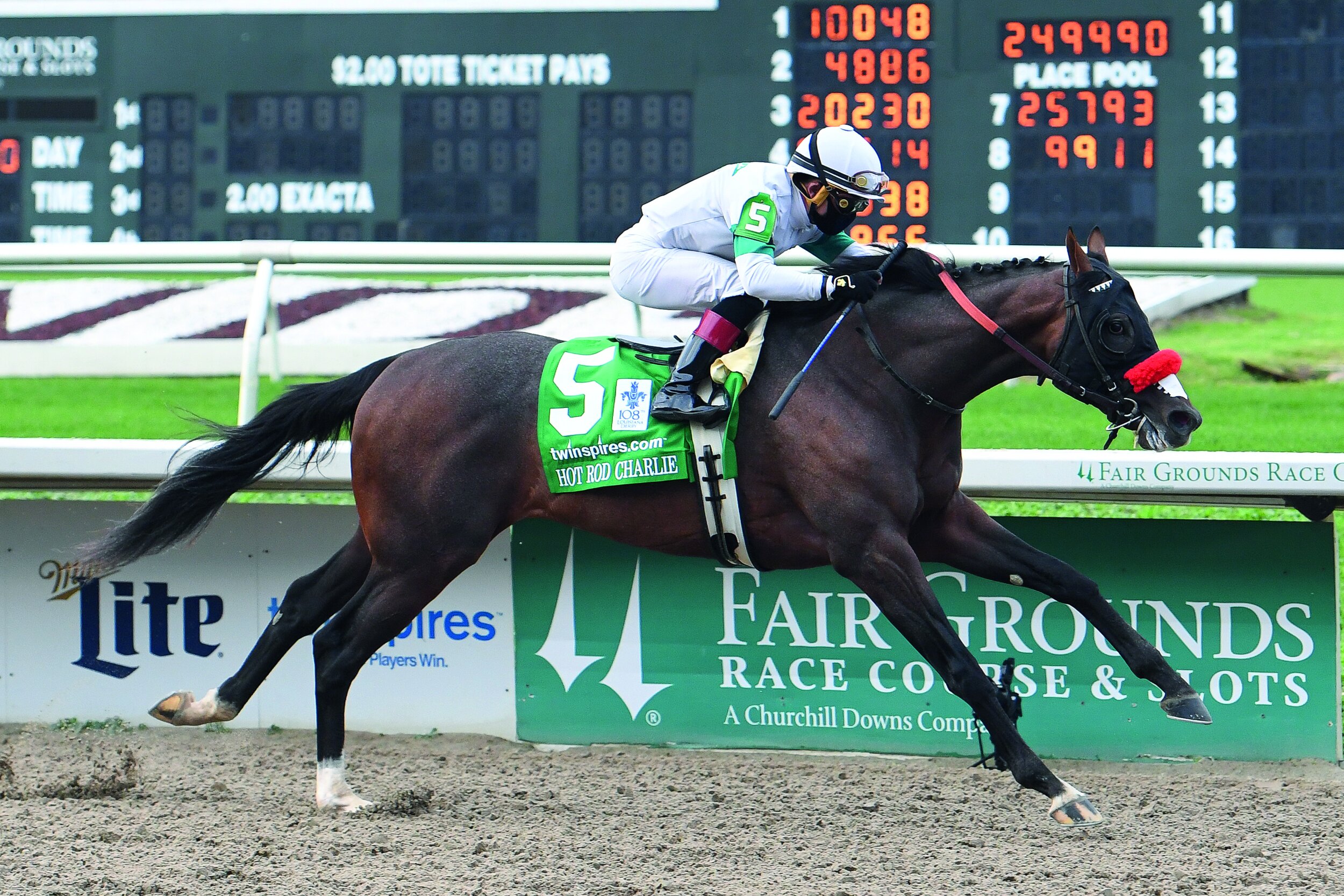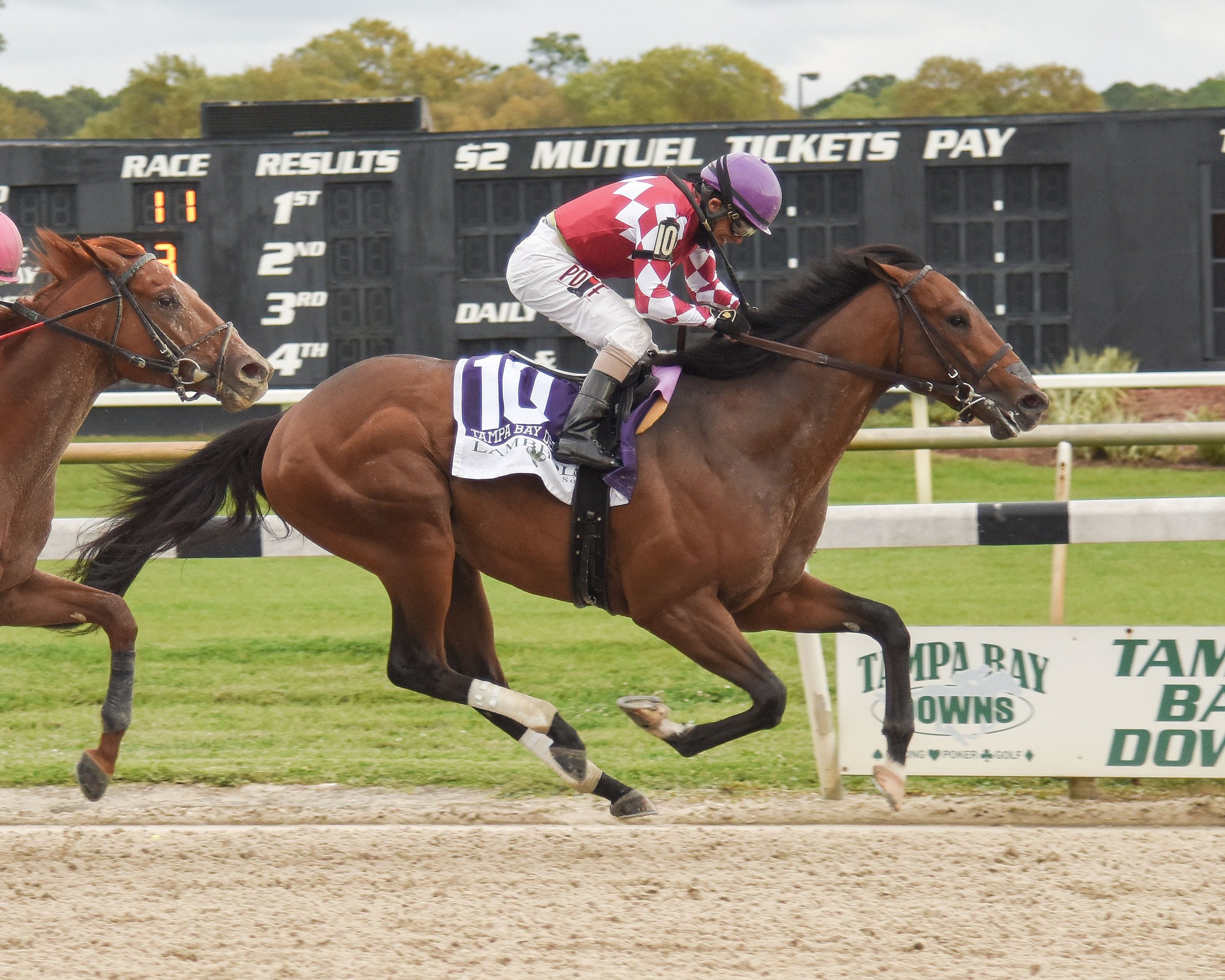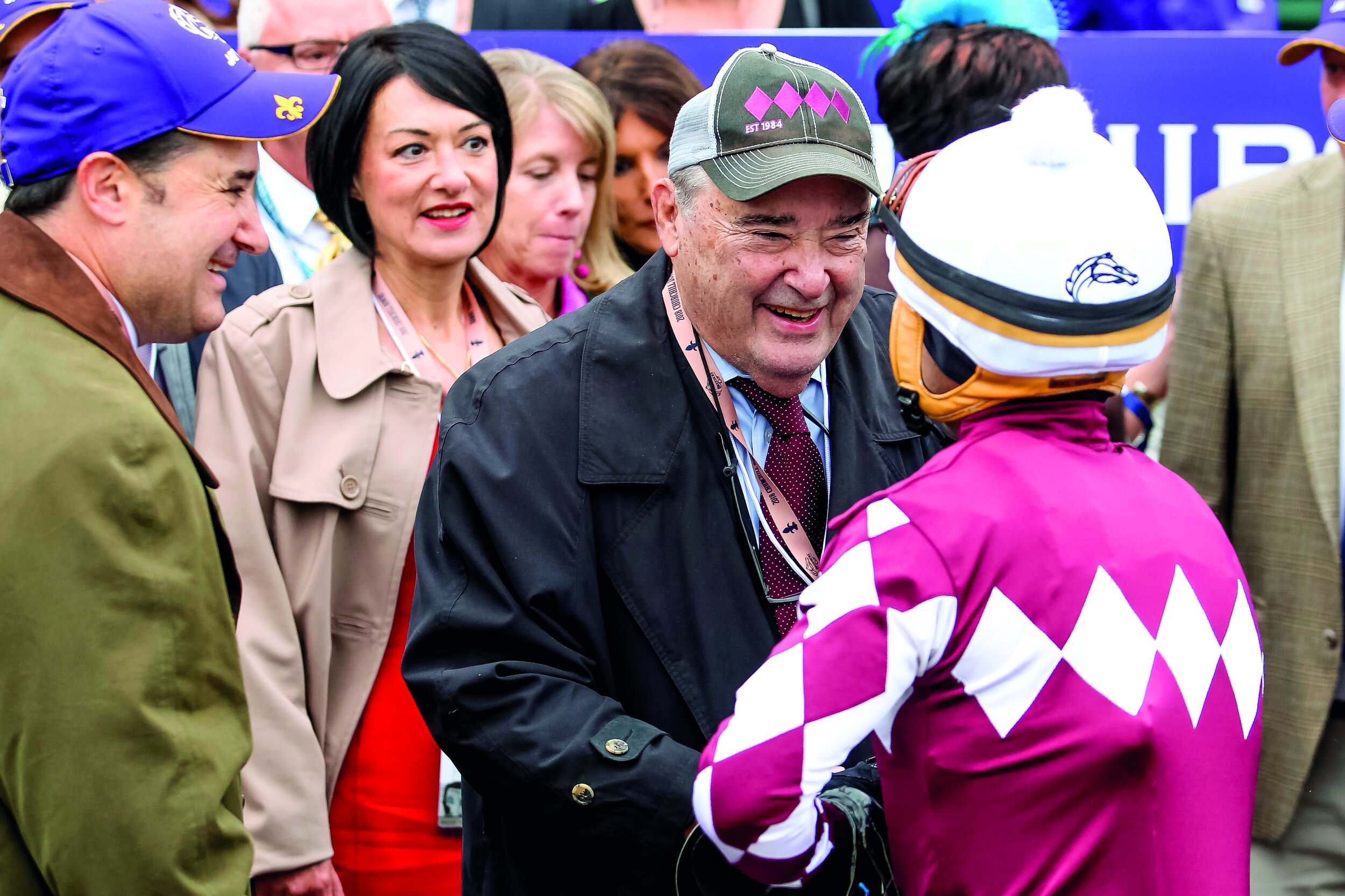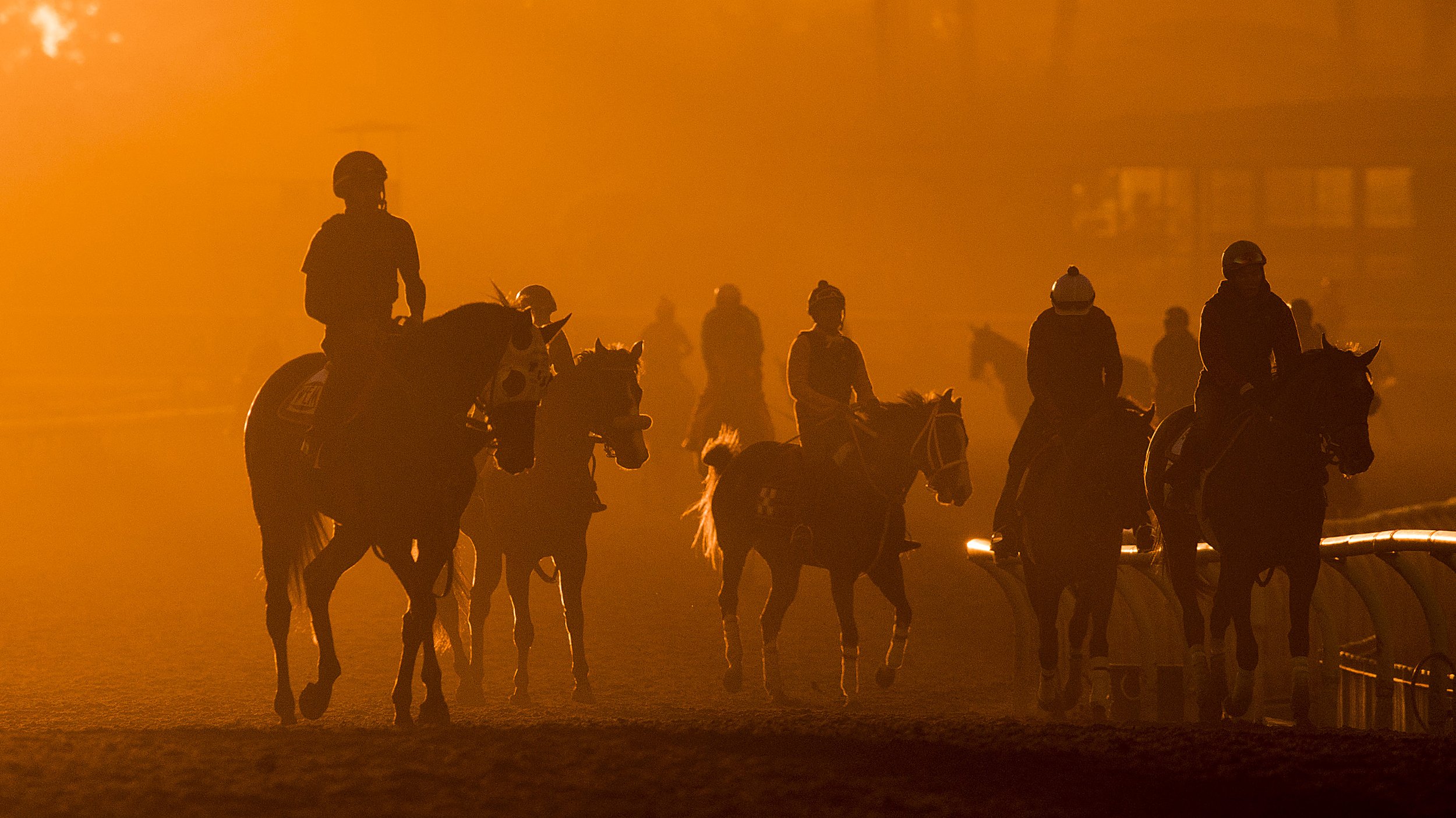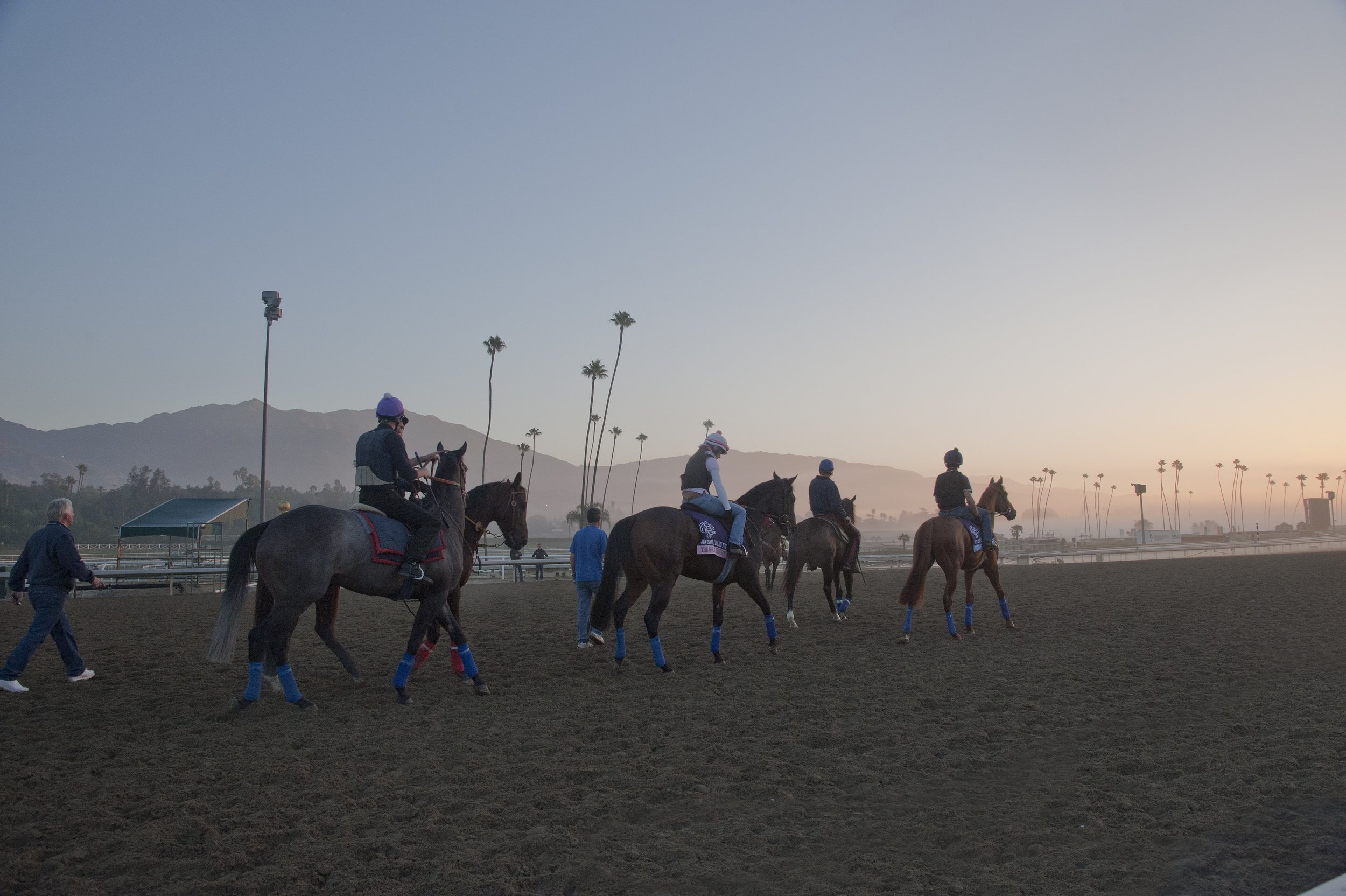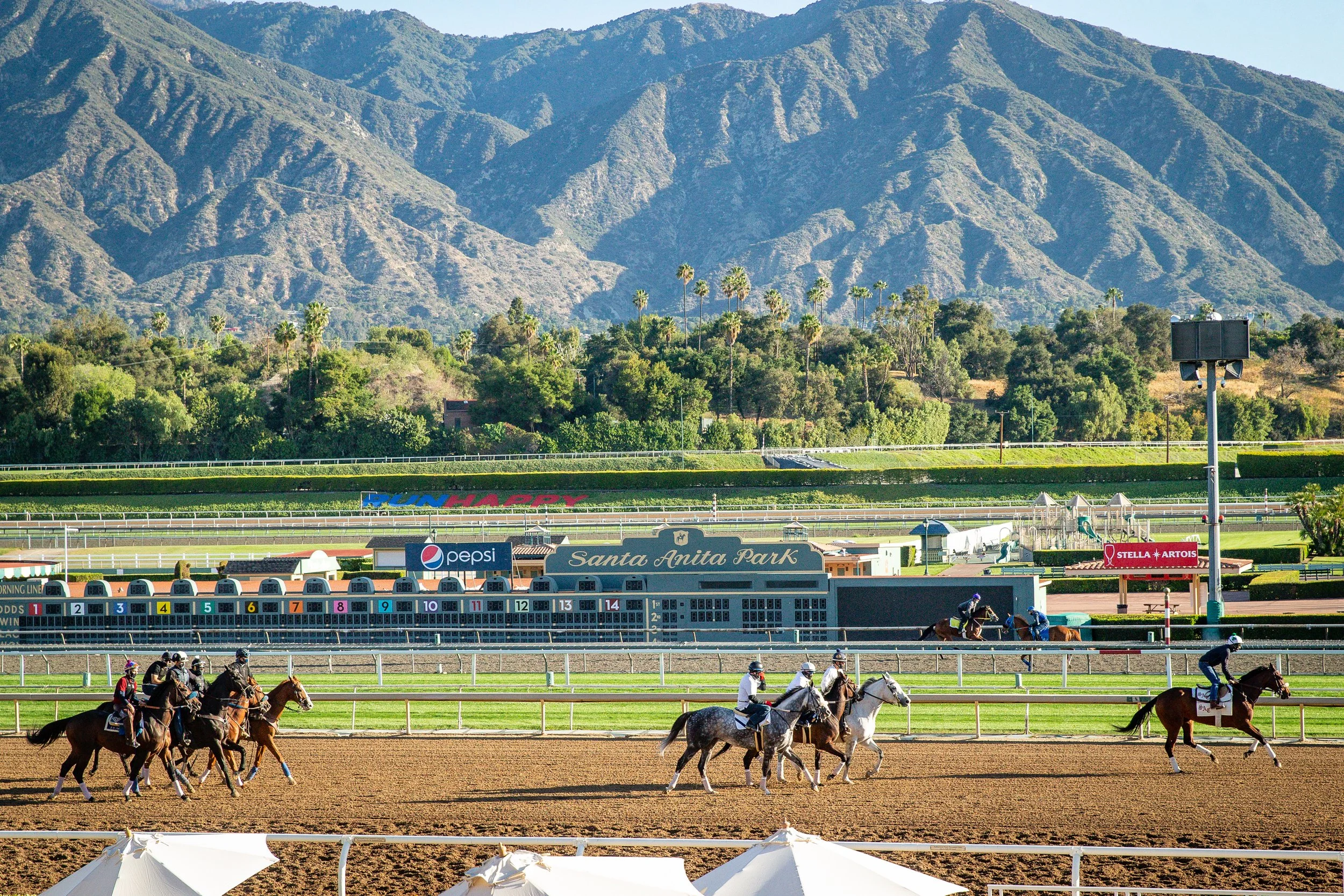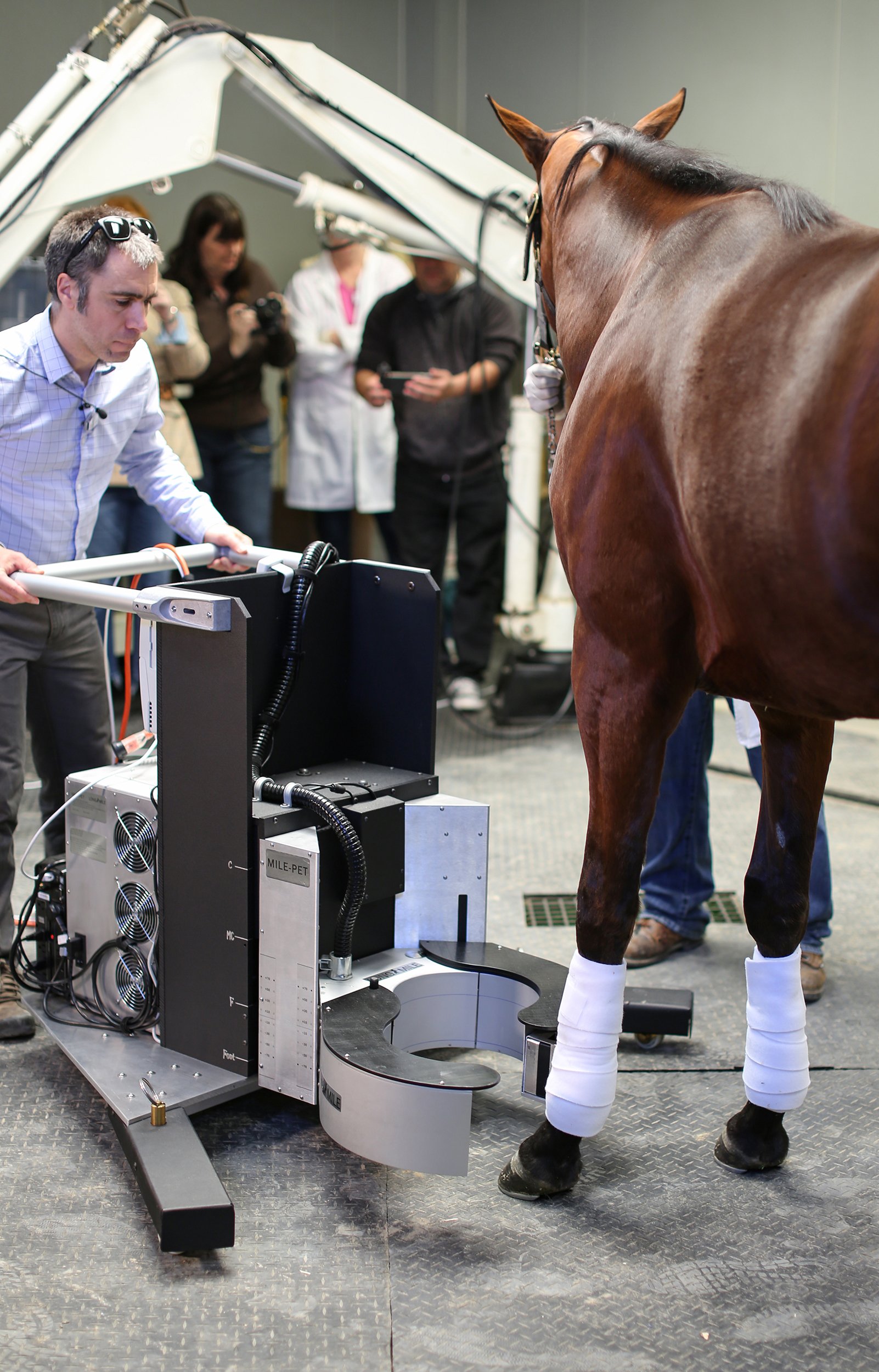Alan F. Balch - Those pesky rules
/In California, throughout the United States, and worldwide, if there’s one gigantic bone of contention we can all see, it’s the starkly divided attitudes of populations toward the need for rules.
An anti-regulatory fever seems to be reaching everywhere, often couched in terms of a grand contest between freedom and tyranny. Within racing’s microscopic corner of the governmental universe, we sense it every day. After all, racing is probably the world’s most regulated sport. Over a century of experience, with its glory and equally alluring temptations, taught governments what was needed to ensure its integrity in the public interest. And perhaps to save it from itself.
There’s another reason, of course. And that’s always been our reliance on the noblest of animals, whose welfare must always be our paramount concern. We can’t just mouth those words. We have to live with them. And be entirely intolerant of any in our midst who don’t.
That intolerance of unacceptable behavior requires robust rules. Sadly, human and racing history teach that the worst angels of our nature tend to thrive in a vacuum of rational regulation, or if its enforcement is ineffective.
It is in this context that California Thoroughbred Trainers is leading a task force of all the interdependent organizational and other stakeholders in our state’s racing to determine what additional steps, beyond those already enforced over the last three years, might be taken to protect the welfare of our horses still further. Over the last decade, and nationwide, all objective statistical evidence points to impressive progress in making our sport safer and safer for its essential athletes, human and equine.
This effort is important, I believe, but not because of those who loudly oppose the very existence of racing. The most vocal and extreme of those factions cannot ever be satisfied with any enhancement of our welfare practices; they believe fundamentally that an animal is required to provide its “informed consent” in order to participate in any activity. Such activities include sport, of course, but also confinement in any way, or control by humans. Therefore, for them, no pets, nor zoos, nor conservation, nor breeding, nor human consumption of animals, obviously.
No, our effort is important because we ourselves should be the professionals who elevate standards of horsemanship and care, in our own self-interest and that of our equine partners. It is difficult for me to conceive of a logical rule proposed to enhance equine welfare that wouldn’t be welcomed by the best horsemen among us, however much the reason or need for it might be lamented.
In my comments to the California Horse Racing Board in January, I called attention to two specific areas of particular concern, to begin with, in our statistical safety figures: incidents of unexplained sudden death in racehorses and shoulder fractures. The first is a particular problem for humans as well as equines; and answers will only come from sustained, expensive, targeted research, some of which is already underway via the Grayson-Jockey Club Foundation. That foundation, and others like it, have for decades proved racing’s commitment to improving equine welfare, doing by far the most important work in the world for horses in every activity, not just racing.
The risk of shoulder fractures among horses returning from layoffs needs to be dramatically reduced or even eliminated by improved horsemanship. Serious continuing education as to best practices is the key here, since equine respiration and musculature fitness improve more rapidly following a layoff than does bone strength. Owners and trainers may therefore be led to believe that increasing training stress is indicated before it should be.
A suggestion I made about potentially compulsory education for trainers on this matter brought me the accusation that I was “anti-trainer.” Far from it. The opposite, in fact.
Nobody except a trainer has a greater appreciation for and respect of what horse trainers do than I.
So, who better to elevate the professional standards of trainers than trainers themselves? That is precisely why we as an organization accepted the responsibility of leading the California task force, when the suggestion was made that a rule should be advanced to penalize trainers for catastrophic breakdowns. Instead, let’s consider every conceivable idea, from any source, that could lead to continuing improvement in our welfare practices.
When arguments about the tyranny of regulation and freedom swirl around me, whether in racing, or about public health or anything else, I just stop to think. Public order—even productive public debate —depends on a common understanding of the rules. And a consensus definition of the common good.
What would happen to public safety (what is happening to public safety) if speed limits were removed (or not enforced), if traffic lights disappeared, or driver’s licenses weren’t required? And what would happen to air and train travelers and homeowners if rigorous regulation for transportation and housing safety weren’t in place?
The need for robust regulation of racing has been demonstrated time and time again . . . despite the fact that so few trainers are ever accused of serious rule violations. That alone is a sufficient reason that trainers themselves should study and recommend rules and practices for improving the sport’s safety.
We and all of racing’s other stakeholders continue to welcome serious suggestions from any quarter.

![Mike TrombettaBy Bill Heller For the first 15 years of his 31-year training career, 55-year-old Mike Trombetta split every day between the racetrack and his brother Dino’s demolition company in White Marsh, Maryland. “He would train horses in the morning and knock down buildings in the afternoon,” his long-time friend and client R. Larry Johnson laughed. Dino added, “Then he’d go back to the track in the evenings just to check on things.” Of course he did. That’s what he, Dino and their sister Laura learned from their parents. “Our dad worked extremely hard,” Dino said. “Both him and my mom were hard workers. That’s how we grew up. We worked hard in everything we did. That’s what it took to have success.” Mike could still be working two jobs had he not had the good fortune to take over the training of a horse who had previously made just one start, finishing 12th by 24 lengths as a two-year-old in 2005. That horse, Sweetnorthernsaint, would go off the favorite in the 2006 Kentucky Derby, making a strong middle move under Ken Desormeaux before tiring to finish seventh. Sweetnorthernsaint then finished second in the Preakness Stakes. “That gave us national exposure,” Trombetta said. “That gave us a big push for sure.” The following year, Trombetta’s starts increased from 312 to 422, his victories from 78 to 106 and his earnings from $2.7 million to $3.5 million. Trombetta abandoned his demolition career and began upward trending with his training. In 2019, he posted a career high in earnings—$4,614,509—helped by his three-year-old Win Win Win, who was ninth in the Kentucky Derby, and his two-year-old Independence Hall, who became a legitimate contender for the 2020 Kentucky Derby. Independence Hall ran into problems in 2020, but Trombetta still finished 24th in earnings with more than $4.1 million and a win percentage of 16.0. Trombetta has posted a win percentage of 20 or higher for an entire year 11 times. But the past several months have been a bit rough. Through early June, he ranked 36th in the country in earnings with nearly $1.6 million. Yet he still is winning at a 16.4 percent rate. “We’re not doing that well,” he said on June 14. “This year, it’s been an adjustment year coming off the COVID. We were hoping at the beginning of this year things would go back to normal. Then Woodbine got delayed. It got a little weird here. We had a herpes situation in Maryland. For several months, they wouldn’t let horses come in or leave. That was a bizarre situation. Then, at Laurel, they had to redo the track. We’re still not back to normal. It seems like something has been going on—something new to deal with. It’s hard for all of us.” He feels the same way on the thorny issues of medication and whips. “I’m probably like a lot of other trainers,” he said. “What we’d like to have more than anything is a clear understanding of the dos and don’ts, especially in the Mid-Atlantic states. We just want to know what the rules are and how to play the game. When you turn on a football game, they all have fields of 100 yards and 15 minutes in a quarter. Horse racing is anything but that. It’s different in every state.” That is about to change next summer when the Horse Racing Integrity Act comes to life. Will uniform rules become the norm? “We can hope,” Trombetta said. “Time will tell. It would be great just to get everybody knowing what the game looks like. Now, in every jurisdiction, there’s something different. We want to stay out of harm’s way. This Lasix thing is a great example. Two-year-olds can use it in one state, but not in another. I just hope the powers [that] be get something that works for the whole industry so that we can follow and understand. It’s the same thing with this whip rule. It’s different in other states. One state allows four times, one state says six; and in one state, they can’t use them at all. We’re getting further away from uniformity. Guys like us that are in this region race throughout the country for the most part. When you go through the stable gate somewhere else, it’s a different rule.” Can the Horse Racing Integrity Act end that problem permanently? “In a perfect world, yes,” Trombetta said. “I don’t know if they’re capable of doing it.” This summer, Trombetta’s horses—now between 80 to 90—are stabled at Far Hill, Timonium temporarily until Laurel’s renovations are complete and in Delaware. His horses also race in Florida in the winter and in New York in the summer when they belong. His winter stable usually numbers 60 to 70 horses. “We try to take the right horses to the right place,” Trombetta said. “We work off the condition books. There are little differences in each track. Obviously, when you go to New York, you have to know your horse is capable of competing in New York. We don’t get it right all the time, but we try. Surfaces come into play: dirt, synthetic, turf. You have to figure in all of the factors. I carry six, seven condition books with me.” Is it like being back in school? “It can be at times, because it’s constantly changing,” Trombetta said. “I’m checking those things at 6 or 7 at night to make sure I can stay on top of it—make sure I’m not missing anything.” His ongoing success suggests he usually doesn’t miss many things. He’s proficient at preparing his young horses and knowing when to back off. “I try to give them the benefit of the doubt,” he said. “We identify the ones that need their first race. I try to get them prepared for the first race so they don’t get exhausted. I want to see them prepared.” He also wants to give his horses time when they need it. “We try to, as long as owners are patient enough,” Trombetta said. “Our numbers off the layoff have been pretty good over the years. There’s no quick way to do it. It takes time. Some individuals require more time than others.” Experience has helped him shape his program. “You learn it over time,” he said. “It’s still frustrating to this day. Sometimes you ask for one more race of a horse, and it’s one race too many. Six to eight weeks off give these guys a good break. We race year-round somewhere, so you have to know when it’s not too late to take them out of service for a while. By giving them time, we seem to have one ready to take his place.” His owners have provided considerable help. “A lot of the folks I work for, Live Oak, Country Life and Larry Johnson, they all have complete facilities with training tracks, all three of those. Breeding, resting and training, they have complete facilities to get all the work that’s needed. That’s a luxury for me—to be associated with these people that have those facilities.” Trombetta’s stable includes horses he co-owns with his brother and dad, as he races up and down the East Coast. He, his wife, Marie, and their two of three children still in school live on their small farm in Baldwin, Maryland. “Maria and I met in high school, and we’ve been together ever since,” Trombetta said. Their oldest child, 27-year-old Nicole, is out on her own. Their two sons, 16-year-old Michael and 14-year-old Dominic, are experiencing racing in a way their parents couldn’t have imagined when they were growing up—on the internet. “Michael follows it very easily,” Trombetta said. “Sometimes he finds out stuff before I do. They have the whole world at their fingertips.” Trombetta’s introduction to racing was more hands-on. “My dad, Rudy, worked construction his whole life,” Trombetta said. “He had a small construction business on his own. He was always a fan of the horses. He had a friend, and they got a few horses together.” Trombetta began working at nearby Timonium as a teenager. “It was 20 minutes from our house in Perry Mall,” he said. “I was 14...15 years old. It seemed to be a comfortable place for me. I loved the horses, and I loved racing.” He began training in 1986 before his 20th birthday. His first winner came at Atlantic City with Amant De Cour. Trombetta struggled early, Four years into his career, he won just 10 races in 1989. “Obviously, it wasn’t enough to derive an income, so I had to do other things on the way,” he said. “It takes a long churn to build a stable. I did everything I could. When you’re young, it’s pretty challenging.” Which is why he worked two careers—one at the track and one with his brother’s company, “My brother worked with me a long time, up until he got Sweetnorthernsaint,” Dino said. “He would go to the track in the morning, then work with us all day long, 8 to 10 hours with me, and go back to the track in the evening.” When Sweetnorthernsaint redirected Trombetta’s training career, he pondered giving up his life in demolition. “I told him to take some time,” Dino said. “Enjoy this opportunity. I told him to do it and then decide. He just stayed with the horses. I was tickled to death for him because I knew that was his true passion. I lost a good employee, but I was very happy for him.” Sweetnorthernsaint was sent to Trombetta by his former trainer, Leo Azpurua Sr., in Florida after his nightmare of a debut in his first start as a two-year-old in a maiden turf race at Colonial Downs, August 1, finishing 12th in a field of 14. “He was sent to me, and I was told point blank: `He’s very difficult to handle, but he’s a good horse.’” Trombetta said. “He told me he had to be gelded. He said forget that first race. I remember the conversation. He said, “`Trust me—he’s a good horse.’” Sweetnorthernsaint lived up to his reputation when he arrived at Trombetta’s barn. “He was very difficult to handle,” Trombetta said. “He had a mean streak. He would kick you. He was more worried about being ornery than doing what he was supposed to do.” Sweetnorthernsaint calmed down a bit after he was gelded and won his debut in a maiden $40,000 dirt claimer at Laurel, only to be disqualified and placed fourth. “He bumped another horse leaving the gate,” Trombetta said. “If it happened today, I don’t think they would have taken him down. They did me a favor. We went to New York in his second start, and he broke his maiden for twice the purse.” Sweetnorthernsaint won that maiden race at Aqueduct by 7 ¾ lengths on and followed that with a 10-length victory in the Miracle Wood Stakes a month later, giving Trombetta his first Kentucky Derby contender. Sweetnorthernsaint then finished third by three-quarters of a length in the Gr3 Gotham Stakes, March 18. Still needing more graded stakes entries to get into the Derby—before the current point system was in place—he sent Sweetnorthernsaint to the Gr2 Illinois Derby. He won by 9 ¼ lengths as the 6-5 favorite on April 8. One month later, he went off as the 5-1 favorite in the 2006 Kentucky Derby, captured by the unbeaten Barbaro. Sweetnorthernsaint normally raced on or near the lead, but he got away 12th in the 20-horse Derby. “He didn’t get away good, and he had to fight to move up,” Trombetta said. “He used a lot of energy to get back into the race.” He had indeed, rallying to get into third at one point, before fading to seventh. He bounced back to finish second by 5 ¼ lengths to Bernardini in the Preakness and went on to earn just under $850,000 in his career. “Sweetnorthernsaint was a disaster at two, and he was a good horse at three,” Trombetta said. “He just needed some time.” Trombetta is great at that, and he enjoyed the challenge. “My enjoyment is watching a young horse mold himself to be good for everybody,” he said. “Sometimes it works out, sometimes it doesn’t. They’re all individuals. If you treat every horse individually, they’ll be better off. Some take longer than others. I’ve been fortunate. I get to work for some really good owners. It takes a lot of time to get where you want to be. They want what’s best for the horses. I’m blessed.” Actually, Johnson, who has an accounting firm in the Washington, D.C., area and Legacy Farm in Bluemont, Va., feels blessed to have his horses—many of them home-breds—trained by Trombetta. “He’s a remarkable worker, a terrific horseman, completely honest and candid,” Johnson said. “He does a marvelous job of developing young horses. Consistently. He’s been able to get and maintain terrific help. There’s no slippage; nothing gets lost between the cracks because of the people he has.” Johnson, who’s been with Trombetta for 21 years, met him by selling him a filly for $900 in a 1989 sale at Timonium. “Wiith crooked legs,” Johnson said. They didn’t seem to matter. That filly, Overdue Ghost, posted eight victories and two seconds in 12 starts, earning $96,510.Johnson was duly impressed with the 23-year-old trainer. “He was just a kid, but he knew what he was doing,” Johnson said. “Training horses is 24/7. It’s tough to do that job and construction, which is also 24/7.”After she was done racing, Overdue Ghost’s foal, Ghostly Numbers, won 10 of 34 starts and made more than $280,000. Another Johnson horse, Partners Due, won six of 21 starts and earned $239,345. “Then we sold her at Keeneland for $320,000,” Johnson said. A pair of 2004 foals, Street Magician and Strike the Moon, were two more success stories. Street Magician won five of 10 starts and made $254,440. Strike the Moon posted five wins, nine seconds and five thirds in 24 starts, earning $680,170. In 2019, Live Oak Plantation’s home-bred three-year-old Win Win Win captured the Pasco Stakes at Tampa Bay Downs by 7 ¼ lengths, finished second in the Blue Grass Stakes, third in the Tampa Bay Derby, ninth in the Kentucky Derby and seventh in the Preakness Stakes. He then won his turf debut in the Manila Stakes at Belmont Park in July—his final start in his three-year-old season. Trombetta had hoped Independence Hall would take him back to the Kentucky Derby in 2020 after he finished fifth by one length in the Gr1 Florida Derby.Instead, he was sidelined with injuries and then his owners, Eclipse Thoroughbred Partners, Twin Creek Racing and Kathleen and Robert Verratti, decided to switch trainers, hiring Mike McCarthy. Independence Hall returned to win an allowance race/optional $100,000 claimer last November 9. In four subsequent starts in graded stakes, he’s finished fifth, third, fourth and third.Losing talented horses is part of horse racing. Trombetta moved on. His top horses this year include Larry Johnson’s five-year-old mare Never Enough Time, who’s earned more than $275,000 off five victories in 13 starts, and Three Diamond Farm’s four-year-old filly Kiss the Girl, whose four victories in 13 starts have led to more than $220,000 in earnings. Forever uncomfortable talking about himself, Trombetta said his success has happened “because we had very good horses. We had the right horses. Things fell into place.” They have for quite a long time in his care. “Mike takes it real serious,” his brother said. “He puts his heart and soul into it. But he’s very low-key talking about himself. He’s pure class.” Asked if he was surprised by Trombetta’s continuing success, Johnson said, “Not at all. It was inevitable. Graham Motion is a good friend of mine. I put him in the same category.” ](https://images.squarespace-cdn.com/content/v1/517636f8e4b0cb4f8c8697ba/1627049051412-KRCRWBOM2I1M1Y1AYZMV/z210628_eclipsesportswire__00727.jpg)

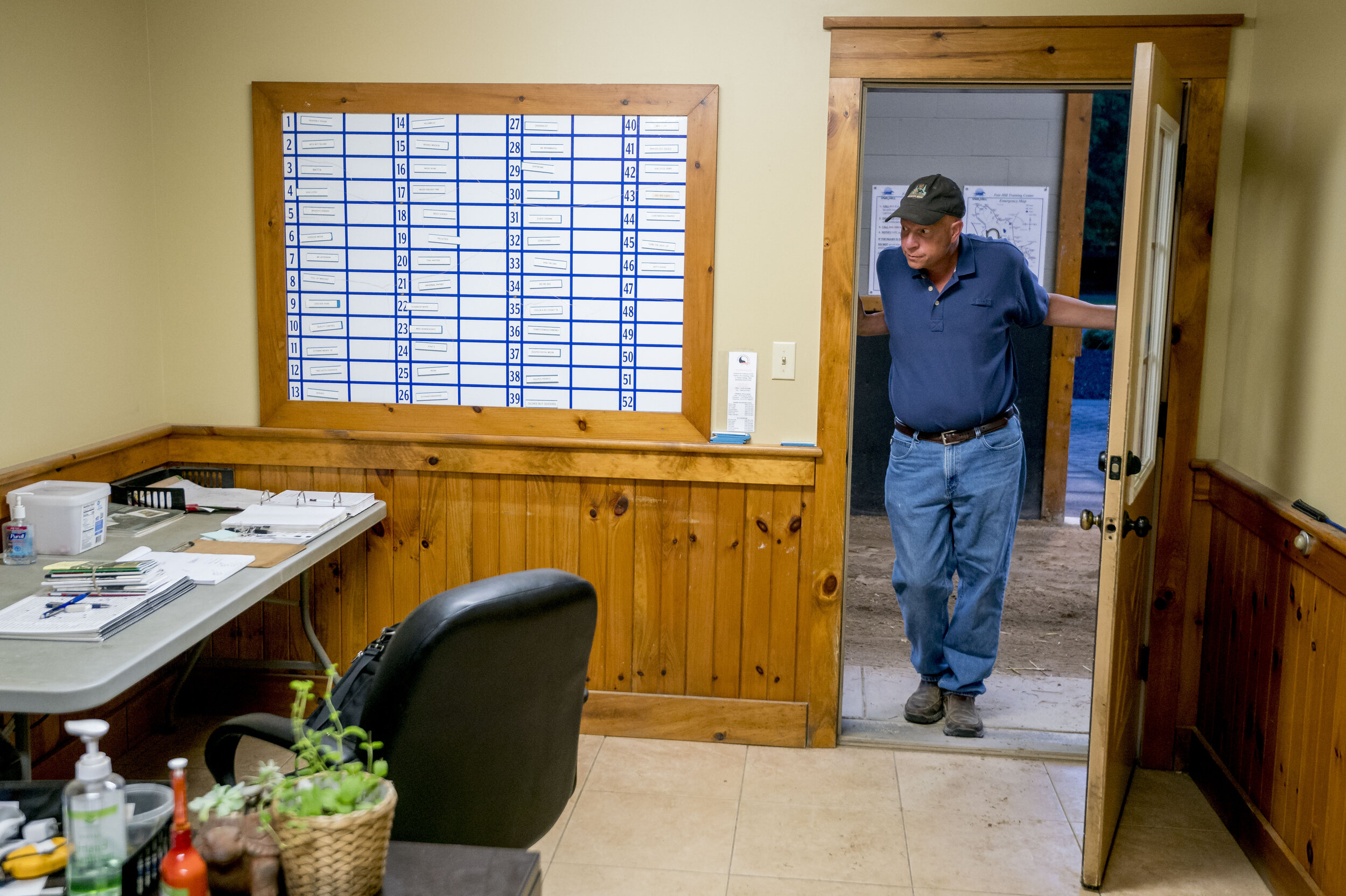












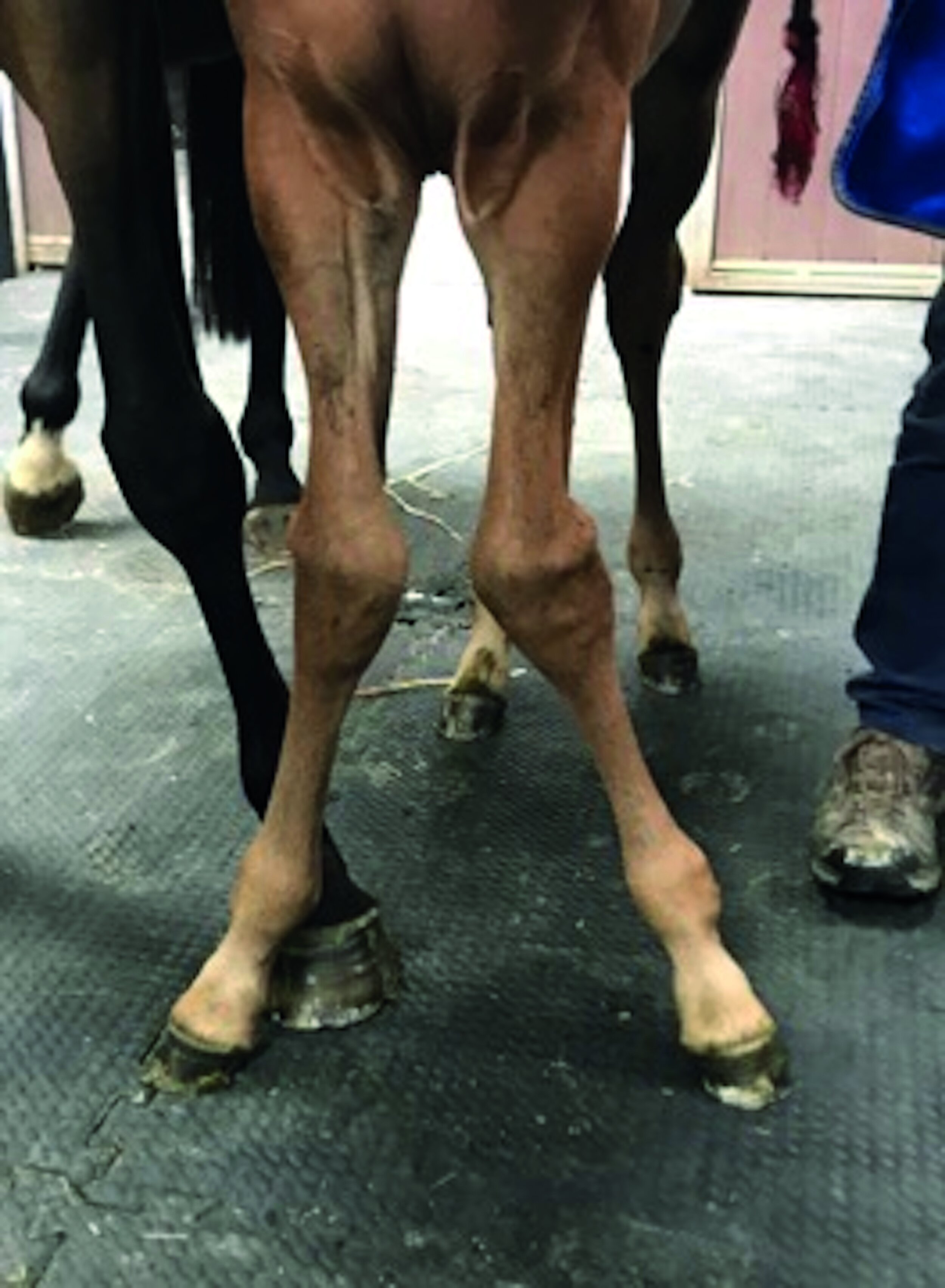
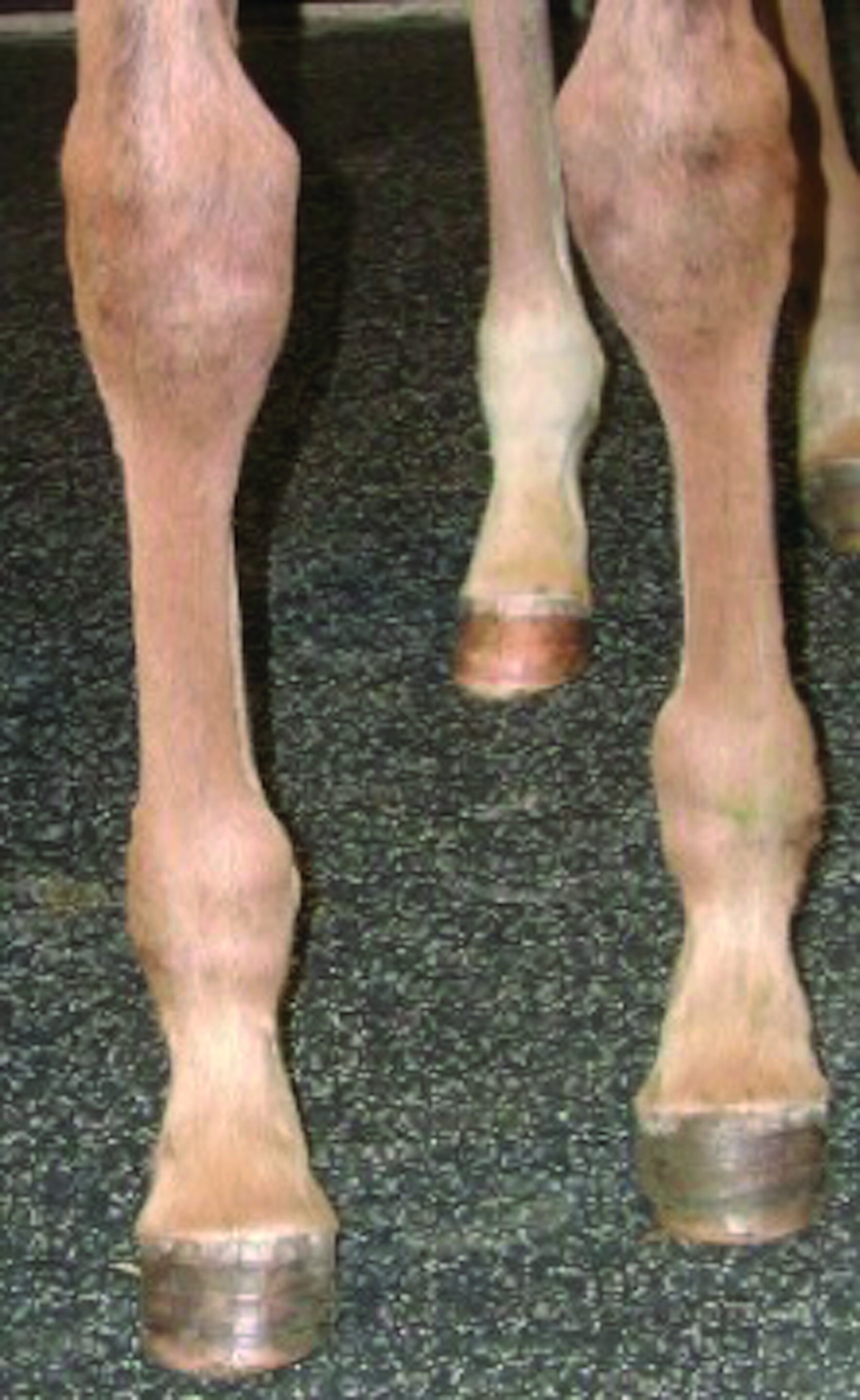





![Recent scientific studies reveal how using new designs of saddle, pad, girth and bridle can significantly benefit the locomotion of the galloping racehorse [INTRO] Researchers detected peak pressures under commonly used tack that were of a magn…](https://images.squarespace-cdn.com/content/v1/517636f8e4b0cb4f8c8697ba/1626372823028-R2X50E55FT7TFIG5TUKM/Screenshot+2021-07-15+at+19.13.21.png)




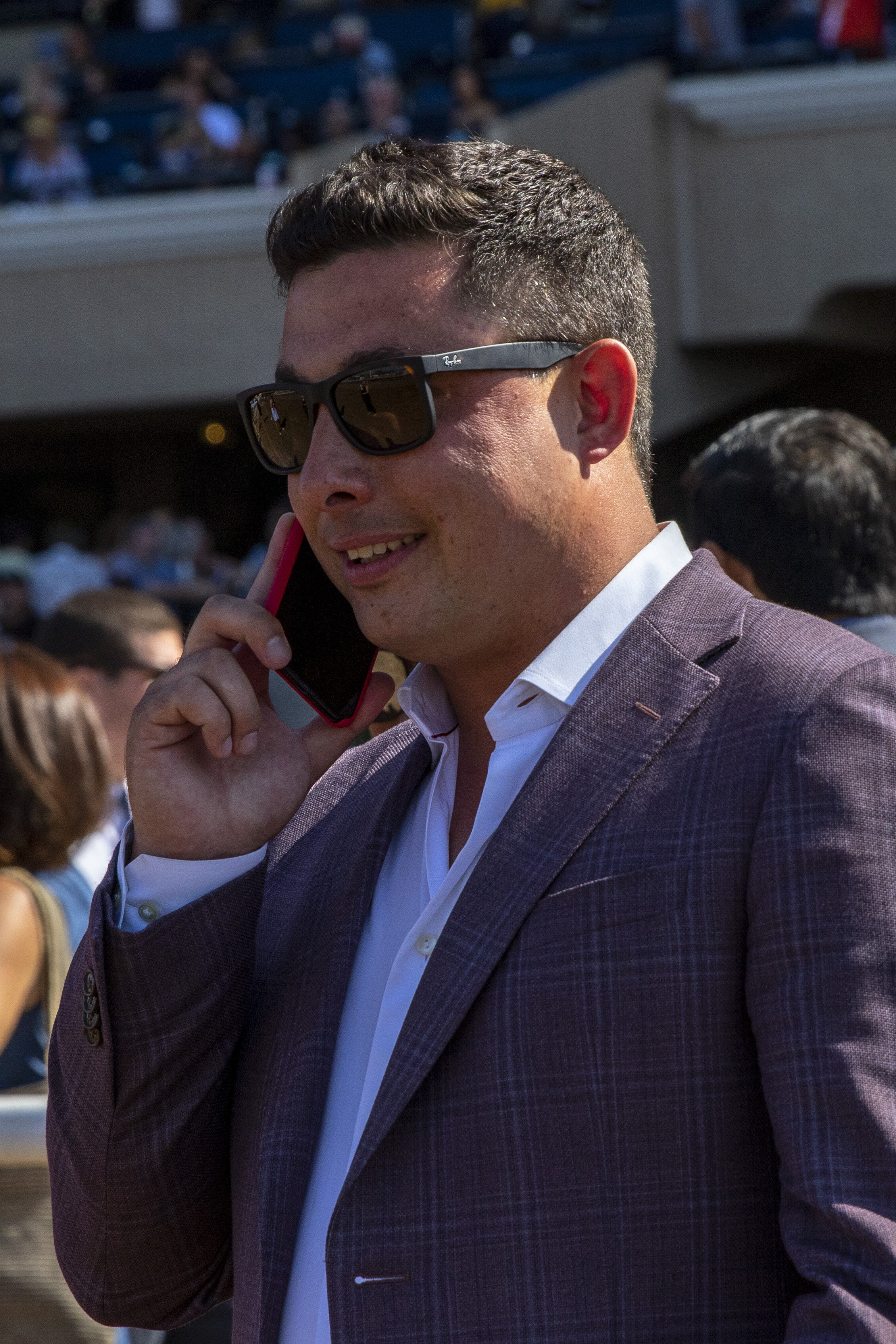






![Claude 'Shug' McGaughey IIIBy Bill Heller Sustained excellence is a rare commodity in any endeavor, even more so in Thoroughbred racing when success is tied to 1,000-pound horses traveling 35 miles per hour, guided by jockeys making rapid strategic decisions one after another. “For every good thing that happens, 20 bad things happen,” Hall of Fame trainer Frank Whiteley advised his young assistant, Shug McGaughey, decades ago. McGaughey didn’t listen, made it into the Hall of Fame, and continues to succeed. He recently turned 70, and his horses have earned more than $2 million for 37 straight years, thanks to a win percentage of 21 at the highest level of racing. GREATEST HONOURHe won one Kentucky Derby with Orb in 2013—the best victory of all for a Lexington native. And he hoped to do it again this year with Courtlandt Farm’s Greatest Honour, who fired off consecutive victories in the Holy Bull Stakes and the Fountain of Youth Stakes before finishing third in the Florida Derby as the 4-5 favorite. Doing the right thing for your horse is easier when he’s doing well but much more difficult when he isn’t. McGaughey noticed something wrong with Greatest Honour and acted accordingly. “I wasn’t pleased with the way he galloped Saturday and Sunday,” Reported Shug on Thursday, April 8. “I said on Monday, `We have to get to the bottom of this.’” That meant X-rays, a bone scan and consulting with Dr. Larry Bramlage, who has always been close to Shug’s heart. Bramlage’s successful surgery on Personal Ensign when she suffered a broken pastern as a two-year-old allowed her to come back at three to resume her historic, unblemished career, culminating with her victory in the 1988 Breeders’ Cup Distaff.McGaughey said Greatest Honour had a minor problem in his ankle which wouldn’t require surgery. On Wednesday, April 7, just 24 days before the Kentucky Derby, McGaughey announced that Greatest Honour would get 30 days off at Courtlandt Farms and then be re-evaluated, hopefully in time for him to race in the midsummer Derby— the Travers at Saratoga. “We just need to give him a little time. I feel bad for Don Adam [the owner of Courtlandt Farms] and for the horse.”McGaughey had to make that difficult phone call to Adam to tell him the bad news. “It’s not easy, but I’ve made that call a lot of times,” As Shug put it. “It’s part of the game.”Greatest Honour would have been one of the top contenders in the Triple Crown series. By doing the right thing, McGaughey is allowing Greatest Honour to reach his potential, no matter how much McGaughey wanted to win another 3yo classic race. The challenge of getting Greatest Honour back to the winner’s circle is one McGaughey has enjoyed his whole career. “I enjoy the horses, the competition, the clients; I don’t enjoy the politics in racing today. It makes it hard to keep focused on training: the visas, the cost of workman’s comp, knowing how far out you can give horses medication. Certain states have certain rules. Other states are different. I will be happy when we get some kind of uniformity.” Thanks to the Horseracing Integrity and Safety Act, that is about to happen. “I think the Horseracing Integrity Act is a good thing; it’s definitely a good thing. We weren’t going to do it ourselves. We tried policing ourselves, and it didn’t work.” What has worked for McGaughey is letting his horses earn their way into major stakes by their performances. Greatest Honour would have been only McGaughey’s ninth starter in the Kentucky Derby. “He doesn’t put a horse in a race just to have a horse in a race,” his 34-year-old son Chip, an administrator at Keeneland, said. “He wakes up every morning and goes to sleep every night thinking about his horses. He wakes up in the middle of the night thinking about his horses. He has dedication to getting everything he can out of his horses by developing them. His training philosophy has always been doing what’s best for his horses. He’s always had that. He is a very patient trainer, allowing a horse to tell him what the next step is.” LET THE HORSES TALKMcGaughey said, “I think the biggest thing is you have to watch them and let them tell you what’s going on. I try not to wake them up too soon. I like to see them go well within themselves. I tell the exercise riders not to get them tired when they work them. I don’t want to overdo it. I want to teach them how to run, breeze them up in company, breeze them behind horses, a half in :50 or :51. They get enough out of the workout.”Reeve, Chip’s 31-year-old brother, who is off to a promising start on his own training career, saw Shug’s approach first-hand, working for his dad after stints with Eion Harty and Reeve’s uncle, Charlie LoPresti: “There are only a handful of guys who have sustained excellence for the duration of his career, he works hard. He’s a very good trainer. Obviously, what’s worked for him has worked for him for a very long time. It helps to get good horses.”It helps even more to get good horses with patient owners. Asked if he enjoys the process of understanding horses as individuals, McGaughey said, “Very much so. That’s the way I sort of centered my career around: try to develop good horses. One of my big breaks was working for Loblolly, and that’s what they wanted. Then I stepped into the Phipps job, and also Stuart Janney. That’s what they were interested in, trying to develop a nice horse that can compete in big races. All the people I train for—that’s what they want: getting a horse to stakes quality.”And winning with them. That’s what great trainers do. Their work ethic is a given. Long hours. An open mind is a decided asset. “I think that you’re still learning; you see something new almost every day. I don’t know if I’m a better trainer, but I understand it more. I think you understand the game better placing horses. I know when I was young, I thought they should win every race. If they didn’t, I thought it was my fault. Now I understand the circumstances of the race. You can get in trouble. You might not be in the right place. You can get stopped.”McGaughey hasn’t stopped attacking his profession. “That son of a gun is like the Energizer bunny,” Shug’s wife Allison said. “He works his butt off. He lives, eats and sleeps those horses. I’m younger than him, and I don’t know how he does it. He gets up at 4:30ish, leaves the house around 5, 5:15. Works at the barn til 11. Maybe plays a little golf, showers and goes back to the barn. He wants to be at the barn all day, run them and go back to the barn. It’s like a constant, non-stop. Won’t go out to dinner if there’s a horse to cool out or he’s waiting for a shipper to arrive. I say, `Why don’t you take it easy?’ ‘No.’ Why don’t you take a nap?’ ‘No.’ Why don’t you take a vacation?’ ‘No.’ But we enjoy it.”She enjoys the races a bit differently than Shug. “I get very excited; I like to yell. And his thing is, he takes them over there. He wants them to run well. If they don’t, he wants to work it out. If he runs well, he’s already thinking what the next start is. I’m more in the moment.” LOOKING BACKMcGaughey’s happiest moments include Personal Ensign’s last-gasp nose victory under Hall of Famer Randy Romero in the 1988 Breeders’ Cup Distaff at Churchill Downs to retire undefeated—a race chosen by fans in 2009 as the most exciting Breeders’ Cup race in its first 25 years. “I thought she was hopelessly beaten,” said McGaughey. Instead, she won, retiring as the first major undefeated horse with at least 10 starts since Colin, who retired with a 15-for-15 mark in 1908. No horse has done it since Personal Ensign, so it’s now 113 years. McGaughey’s saddest moment came 18 years later, in the same race—the 2006 Breeders’ Cup Distaff, at the same track—Churchill Downs. McGaughey’s three-year-old filly Pine Island, who had won the Gr1 Alabama and Gazelle Stakes, suffered a fatal injury early in the race. “This was the worst; it’s bad when it happens at Aqueduct. It’s not that easy to say, but I’ve always tried not to let myself get too close to them because I know this is something that can happen. They can be here today and gone tomorrow. When the newspaper arrived, I told them to put it in the trash. I didn’t want to see the pictures.”There were many more happy pictures than sad as McGaughey churned out one talented Thoroughbred after another. Shug’s nine victories in the Breeders’ Cup are topped only by D. Wayne Lukas and Bob Baffert. Fourteen of McGaughey’s horses earned more than $1.5 million. Eight of those topped $2 million. Their common denominator was treating out-of-money finishes as if they were the plague. Personal Ensign’s 13-for-13 set the bar impossibly high, but McGaughey’s Easy Goer, Inside Information, and Heavenly Prize, never finished worse than third. Inside Information was 14-for-17 with one second and a pair of thirds. Heavenly Prize, whose losses included a lopsided one to Inside Information in the Breeders’ Cup Distaff, was nine-for-18 with six seconds and three thirds. Easy Goer was 14-for-20 with five seconds and one third, and earnings of $4,873,770, over $2 million more than any of McGaughey’s horses.THE EARLY YEARSBut McGaughey’s life could have been much different. His family was in the laundry and dry cleaning business in Lexington. McGaughey was 12 or 13 when his dad took him to Keeneland. Soon, McGaughey and his buddies were sneaking into Keeneland. “I’d pick up the Daily Racing Form from the people who had taken out just the Keeneland PPs and bring the rest of it home. I’d read the articles and maybe look at the horses that were running at Arlington.”McGaughey got a job with trainer David Carr, a brother-in-law of one of his friends. “I became enthralled with the whole atmosphere. I mean I really enjoyed it. I enjoyed being around the barn. I enjoyed the after hours. When the work was done in the morning, I’d like to hang around. They were teaching me, and I was intrigued. If anything had to be done, I always wanted to be there to watch. I was always looking over the veterinarian’s shoulder. I felt that if I ever had to do it by myself, I wouldn’t want anyone standing over my shoulder and telling me what to do. I wanted to be able to make those decisions by myself.”When he decided to move on, he landed a job with Frank Whiteley in South Carolina. Ignoring Whiteley’s career advice, McGaughey went into training. Judging by his $154 million in career earnings—10th highest of all time and his 20 horses who have won at least one Gr1 stakes—he’s done all right.Catching on with John Ed Anthony’s Loblolly Stable was a huge break for McGaughey, and he made the most of it, guiding Vanlandingham to an Eclipse Award as the 1985 Champion Handicap Horse. He also guaranteed a painful decision by McGaughey: to leave Loblolly and accept an offer to train for the Phipps family. “John Ed Anthony was very, very good to me; I think he was stunned. It was a very, very difficult thing for me to tell him.” THE PHIPPS YEARSHere’s how it happened on October 5, 1985: McGaughey journeyed to Dinny Phipps’ home in Old Westbury, Long Island, to interview that morning to take over as the Phipps family’s trainer. “I was scared to death, but he immediately put me at ease.” The interview went well. “I felt like I was going to get the job,” said McGaughey.That afternoon at Belmont Park, Vanlandingham won the Gr1 Jockey Club Gold Cup by 2 ½ lengths under Pat Day. Dinny, the chairman of the Jockey Club, presented the winning trophy to McGaughey. How’s that for a deal closer? Shug was hired four days later and has been training for the Phipps ever since. “We had a wonderful relationship for years; they not only made my career, they made my life, too.”Dinny passed April 6, 2016, at the age of 75. “I still have eight or nine of their horses in training and some two-year-olds and foals; they’re trying to keep it going.”DEVELOPING A DYNASTYAfter hiring McGaughey, Dinny Phipps explained to his new trainer that the foundation of the racing stable is based around broodmares. And to be good broodmares, they had to perform on the racetrack. Some trainers are better training fillies. In the Phipps operation, you had to be able to train fillies.McGaughey didn’t wait long to address that concern. Twelve days short of a year after he was hired, McGaughey unveiled Personal Ensign, who won her debut by 12 ¾ lengths, then the Gr1 Frizette by a head. She was the personification of McGaughey’s career, coming back from ankle surgery after the Frizette was thought to be career-ending. Instead, she returned, was managed brilliantly by McGaughey and resumed her unforgettable career. She eased back into Gr1 competition and punctuated her perfect career by running down loose-on-the-lead Kentucky Derby winner Winning Colors at Churchill Downs—a track Personal Ensign had never raced on—to finish 13-for-13. “That was going to be her last race,” McGaughey said.But she wasn’t done, producing Breeders’ Cup Juvenile Filly winner My Flag, a daughter of Easy Goer, who got up in the final strides to win the 1995 Breeders’ Cup Juvenile Filly. It had to feel like déjà vu—a horrible version of one—for Winning Song’s trainer D. Wayne Lukas, who also trained the two fillies that My Flag ran down seven years later: Cara Rafaela and Golden Attraction. As a three-year-old, My Flag finished third in the Belmont Stakes. She then produced Storm Flag Flying—the 2002 Champion Two-Year-Old Filly whose four-for-four season culminated with a half-length score in the Breeders’ Cup Juvenile Filly. Three generations of Breeders’ Cup winners over a 14-year period. Patience can pay off. Personal Ensign’s brother Personal Flag won the 1988 Gr1 Suburban and earned more than $1.2 million in his career. McGaughey’s Seeking the Gold posted eight victories, including the 1988 Gr1 Super Derby, and six seconds in 15 career starts, earning more than $2.3 million. In 1989, Easy Goer, the 1988 Two-Year-Old Champion Colt, avenged his losses to his nemesis Sunday Silence in the Kentucky Derby and Preakness by denying him the Triple Crown, winning the Belmont Stakes by eight lengths. Easy Goer added the Whitney Handicap, Travers, Woodward and Jockey Club Gold Cup before losing to Sunday Silence again—this time by a neck in the Breeders’ Cup Classic—a result that cost Easy Goer the Three-Year-Old Colt Championship and Horse of the Year honors. Even with three losses to Sunday Silence, Easy Goer finished his career 14 of 20 with five seconds, one third and earnings of $4,873,770—McGaughey’s top money maker by more than $2 million.Rhythm, the 1989 Two-Year-Old Champion Colt, gave McGaughey consecutive victories in the Travers, winning the 1990 Mid-Summer Derby by 3 ½ lengths before losing his final seven races.McGaughey celebrated another Travers victory in 1998 with Coronado’s Quest, a head case who had tested even McGaughey’s patience, occasionally freezing on the way to the track. Following up on his victory over Belmont Stakes winner Victory Gallop in the Gr1 Haskell at Monmouth, Coronado’s Quest defeated him again in the Travers. Asked if Coronado’s Quest was his most difficult horse to train, McGaughey answered, “For a star horse, yes. It just took us a while to understand him. The Travers was really special—to win a race like that at Saratoga stretching out to a mile and a quarter. I give Mike Smith a lot of credit for that.” Coronado’s Quest finished 10-for-17 with earnings topping $2 million.On September 15, 1993, at Belmont Park, McGaughey unveiled two incredible two-year-old filly Phipps’ home-breds an hour apart. Inside Information won her debut by 7 ½ lengths in 1:11 3/5 under Mike Smith in the third race. In the fifth race, also under Mike Smith, Heavenly Prize won by nine lengths in 1:10 4/5.The two fillies’ careers then diverged. Inside Information finished third in an allowance race and didn’t start again as a two-year-old. Heavenly Prize won the Gr1 Frizette by seven lengths but lost the Two-Year-Old Filly Championship when she finished third by three lengths to Phone Chatter in the Breeders’ Cup Juvenile Filly. As a three-year-old, Heavenly Prize won the Gr1 Alabama by seven lengths, the Gr1 Gazelle by 6 ½ and the Gr1 Beldame by six lengths. Though she lost the Breeders’ Cup Distaff by a neck to One Dreamer, Heavenly Prize won the Three-Year-Old Filly Eclipse. At four, Heavenly Prize won four consecutive Gr1 stakes: the Apple Blossom at Oaklawn Park, the Hempstead at Belmont Park, and the Go for Wand and John A. Morris at Saratoga. In the Breeders’ Cup Distaff, she finished second by 13 ½ lengths to her incredible stable mate Inside Information.Inside Information won 13 of her 15 starts as a three- and four-year-old, the lone misses a distant third to Lakeway in the Gr1 Mother Goose and a non-threatening second to Classy Mirage in the Gr1 Ballerina. Inside Information won the Gr1 Ashland and Acorn Stakes as a three-year-old. At four, she captured the Gr1 Shuvee, the Ruffian by 11 lengths, the Spinster by a head and, in as dominant fashion as a race can be, the final start of her career: the Breeders’ Cup Distaff by 13 ½ lengths. Mike Smith rode Inside Information in 16 of her 17 starts. José Santos was aboard when she won the Shuvee by 5 ½ lengths.Lest McGaughey be classified as a top dirt trainer, two horses 20 years apart proved McGaughey’s prowess with grass horses. The speedy Lure posted 11 victories, including back-to-back victories in the Gr1 Breeders’ Cup Mile in 1992 and 1993. In 18 grass starts, Lure posted 11 victories and six seconds, earning $2,515,289.Twenty years later, the powerful closer Point of Entry—who rallied from 26 lengths behind to win an allowance race by a length and a quarter—captured five Gr1 stakes: the Man o’ War, Sword Dancer, Turf Classic Invitational, the Gulfstream Park Turf Handicap and the Manhattan. In two starts in the Breeders’ Cup Turf, Point of Entry finished second by a half-length to Little Mike in 2012 and fourth by 1 ¾ lengths to Magician in 2013. He made $2,494,490. Then came Orb, who made $2,612,516. “Orb was just a special, special thing—me being from Kentucky—to win the Kentucky Derby for the Phipps[es] and Stuart Janney was special. Going there to Louisville with the favorite for the Derby was a very special week for Allison and myself. We did enjoy it very much.” He expected to enjoy the Preakness, too. “He came out of the Derby very well; he had a good work before we went to Pimlico. But he drew inside when he wanted to be outside. He finished fourth. He was a victim of circumstances. I was disappointed. I would have loved to bring him to Belmont—a special place for me—to have a chance to win the Triple Crown at Belmont. That’s my favorite place to train. I’m comfortable there. There’s nobody else in my barn. It makes it easier. It’s not real busy. And I love a big racetrack.”Honor Code—a gorgeous black closer who was from the last crop of A.P. Indy out of Serena’s Cat by Storm Cat—was McGaughey’s next star. He only raced 11 times but made the most of it with six victories, including two emphatic 2015 Gr1 scores in the Met Mile, when he made an astounding rally to win going away, and the Gr1 Whitney. He finished his career by running third to American Pharoah in the Breeders’ Cup Classic, earning just over $2.5 million. Will Farish’s home-bred Code of Honor stamped himself as a top Kentucky Derby contender by winning the 2019 Gr2 Fountain of Youth. He finished third to Maximum Security in the Gr1 Florida Derby then gave McGaughey quite a thrill in the Kentucky Derby, making a bold move on the inside of Maximum Security as if he’d spurt by him coming out of the far turn. “There was a second and a half it looked like he was going to win,” Shug’s son Reeve said. “Then he lost his momentum.” Still, Code of Honor finished third and was moved up to second when Maximum Security became the first horse ever disqualified from a Kentucky Derby victory.Code of Honor came right back to win the Gr3 Dwyer, the Gr1 Travers and the Gr1 Jockey Club Gold Cup. He then finished seventh to Vino Rosso in the Breeders’ Cup Classic. After a seven-month vacation, Code of Honor returned to win the Gr3 Westchester. It was his last victory to date. He finished third in the Gr1 Met Mile, fourth in the Gr1 Whitney, second in the Gr2 Kelso, second in the Gr1 Clark and, in his last start on January 23, 2021, fifth in the 2021 Pegasus World Cup. LOOKING FORWARDGreatest Honour is poised to join McGaughey’s most accomplished horses when he returns. The son of Tapit is out of Better Than Honour, who has produced two Belmont Stakes winners: Jazil and Rags to Riches. “With his pedigree, the further he goes, the better for him.”Earlier on the Florida Derby card, Allen Stable’s three-year-old filly No Ordinary Time won a maiden race by a neck under Julien Leparoux for Shug. She was shipped to New York to make her next start. Shug might have another top three-year-old. Will Farish’s Bears Watching was mighty impressive, winning a seven-furlong maiden race by 7 ¾ lengths March 13, but he too is being freshened. “I had to stop on him too; he had a little chip in his ankle. He’ll be out for 30 days.”Shug will develop his horses the way he always has—prudently. It’s what made Shug a Hall of Famer. “Of course I’m proud of him, but not all of his accomplishments are in racing,” Allison said. “He’s a great guy—very kind, very understanding. He’s fun. We have a great relationship. We go fishing together. We golf together.” And now, Shug and Allison have a new member in their family. Chip and his wife Jenny have a baby daughter, Lily, who was born on February 2. She is Shug’s first grandchild. “She lives in Lexington, and we’re looking forward to meeting her.” Is Shug ready to be a granddad? “He’s mellowed a little bit,” Reeve said. “He’s still working every day, but he might take off a day or two. He needs to ease back and try to enjoy life a little bit more.” Lily may just make that happen for Shug. She may require patience, but her accomplished grandpa knows all about that.](https://images.squarespace-cdn.com/content/v1/517636f8e4b0cb4f8c8697ba/1619185270908-34LKUMNTZJULHFJ5T31Q/_Z9A6617.jpg)










![Promising developments in quest to prevent catastrophic racehorse injuriesUniversity of Kentucky study shows association between mRNA biomarkers and catastrophic injuries in Thoroughbred racehorses—a positive step forward in the development of a pre-race screening toolCatastrophic injuries in Thoroughbred racehorses is a top-of-mind concern for the global racing industry and its fans. That sentiment is shared by researchers at the University of Kentucky and their collaborators, who are working to learn more about changes happening at a cellular level that might indicate an injury is lurking before it becomes career or life ending. Could it be possible to identify an early marker or signal in horses at risk of catastrophic injury, allowing for intervention before those injuries happen? And, if so, might this type of detection system be one that could be implemented cost effectively on a large scale?According to Allen Page, DVM, PhD, staff scientist and veterinarian at UK’s Gluck Equine Research Center, the short answer to both questions is that it looks promising. To date, attempts to identify useful biomarkers for early injury detection have been largely unsuccessful. However, the use of a different biomarker technology, which quantifies messenger RNA (mRNA), was able to identify 76% of those horses at risk for a catastrophic injury. An abstract of this research was recently presented at the American Association of Equine Practitioners’ annual meeting in December 2020 and the full study published January 12 in the Equine Veterinary Journal (https://beva.onlinelibrary.wiley.com/journal/20423306). In this initial research—which looked at 21 different mRNA markers selected for their roles in encoding proteins associated with inflammation, bone repair and remodeling, tissue repair and general response to injury—three markers showed a large difference in mRNA levels between injured and non-injured horses. For almost four years, Page and his University of Kentucky colleagues have been analyzing blood samples from almost 700 Thoroughbred racehorses. The samples, collected by participating racing jurisdictions from across the United States, have come from both catastrophically injured and non-injured horses in a quest to better understand changes that might be happening at the mRNA level and if there are any red flags which consistently differentiate horses that suffer a catastrophic injury.According to Page, the ultimate hope is to develop a screening tool that can be used pre-race to identify horses at increased risk for injury. The results of this study, which was entirely funded by the Kentucky Horse Racing Commission’s Equine Drug Research Council, suggest that analysis of messenger RNA expression could be an economical, effective and non-invasive way to identify individual racehorses at risk for catastrophic injury.Joining Page in the research from UK’s Gluck Center are Emma Adam, BVetMed, PhD, DACVIM, DACVS, assistant professor, research and industry liaison, and David Horohov, PhD, chair of the Department of Veterinary Science, director of the Gluck Center and Jes E. and Clementine M. Schlaikjer Endowed Chair.Previous research has shown that many catastrophic injuries occur in limbs with underlying and pre-existing damage, leading to the theory that these injuries occur when damage accumulation exceeds the healing capacity of the affected bones over time. Since many of these injuries have underlying damage, it is likely that there are molecular markers of this that can be detected prior to an injury.The identification of protein biomarkers for these types of injuries has been explored in previous research, albeit with limited success. The focus of this project, measuring messenger RNA, had not yet been explored, however. The overall objective was to determine if horses that had experienced a catastrophic injury during racing would show increased inflammatory mRNA expression at the time of their injury when compared to similar horses who were not injured.The genetic acronyms: A primer on DNA, RNA, mRNA and PCRThis research leverages advances made in genetics during the last several decades, both in a greater understanding of the field as well as in applying that knowledge to specific issues facing the equine industry, including catastrophic breakdown in racehorses.The genetic code of life is made up of genes and regulatory elements encoded by DNA, or deoxyribonucleic acid, which is found in the nucleus of cells in all living organisms. It is arranged in a double helix structure, similar to a twisted ladder. The rungs of that ladder are nucleotide base pairs, and the ordering of those base pairs results in the specific genetic code called a gene. The genetic code in the genes and the DNA tell the body how to make proteins. RNA (ribonucleic acid) is created by RNA polymerases, which read a section of DNA and convert it into a single strand of RNA in a process called transcription. While all types of RNA are involved in building proteins, mRNA is the one that actually acts as the messenger because it is the one with the instructions for the protein, which is created via a process called translation. In translation, mRNA bonds with a ribosome, which will read the mRNA’s sequence. The ribosome then uses the mRNA sequence as a blueprint in determining which amino acids are needed and in what order. Amino acids function as the building blocks of protein (initially referred to as a polypeptide). Messenger RNA sequences are read as a triplet code where three nucleotides dictate a specific amino acid. After the entire polypeptide chain has been created and released by the ribosome, it will undergo folding based on interactions between the amino acids and become a fully functioning protein. While looking at inflammation often involves measuring proteins, Page and his collaborators opted to focus on mRNA due to the limited availability of reagents available to measure horse proteins and concerns about how limited the scope of that research focus would be. Focusing on mRNA expression, however, is not without issues. According to Page, mRNA can be extremely difficult to work with. “A normal blood sample from a horse requires a collection tube that every veterinarian has with them. Unfortunately, we cannot use those tubes because mRNA is rapidly broken down once cells in tubes begin to die. Luckily, there are commercially-available blood tubes that are designed solely for the collection of mRNA,” he said.“One of the early concerns people had about this project when we talked with them was whether we were going to try to link catastrophic injuries to the presence or absence of certain genes and familial lines. Not only was that not a goal of the study, [but] the samples we obtain make that impossible,” Page said. “Likewise for testing study samples for performance enhancing drugs. The tubes do an excellent job of stabilizing mRNA at the expense of everything else in the blood sample.”In order to examine mRNA levels, the project relied heavily on the ability to amplify protein-encoding genes using a technique called the Polymerase Chain Reaction (PCR). By using a variety of techniques, samples from the project were first converted back to DNA, which is significantly more stable than mRNA, and then quantified using a specialized machine that is able to determine the relative amount of mRNA initially present in the individual samples. While it is easy to take for granted the abilities of PCR, this Nobel Prize winning discovery has forever changed the face of science and has enabled countless advances in diagnostic testing, including those used in this study.The research into mRNA biomarkers Catastrophic racing and training injuries have long been a target for researchers due to the high societal and welfare impacts on the racing industry. With the nearly universal requirement for necropsies on horses that succumb to these injuries, work by researchers has demonstrated that most horses with catastrophic injuries have pre-existing damage in their legs. This pre-existing damage presents an opportunity to detect injuries before they occur, whether that be with advanced imaging or less invasive techniques, such as screening of blood for injury biomarkers. Horses eligible for inclusion in the study were Thoroughbreds entered into any race in one of five participating jurisdictions from September 2017 to June 2020. To look at the mRNA, these jurisdictions collected specific blood samples either pre-race or post-race from a selection of non-injured horses or immediately from a horse after a catastrophic injury. Once collected, samples were sent to the Gluck Center where they were analyzed using PCR. The names of horses and sample types (injured, pre-race or post-race) were kept from the researchers until the samples had been fully analyzed.Once the names and dates of samples were revealed, public records were then used to learn more about each horse. Information examined included the horse’s sex, age, race type and whether non-injured horses raced again within three months of the sampled race. For horses who had been catastrophically injured, necropsy results were used to categorize the type of musculoskeletal injury that occurred. “Out of the 21 markers (genes) that were measured, three of them immediately stood out as being able to predict injury. The three individual markers of interest were Insulin-like Growth Factor 1 (IGF-1), Matrix Metalloproteinase-2 (MMP2) and IL-1 Receptor Antagonist (IL1RN). Taken together, the changes seen in all three of these markers suggest that there is increased inflammation in the injured horses and that the inflammation arises from bone, just as was suspected,” Page said.“Based only on these three markers, we were able to correctly identify horses at risk for injury 76% of the time and exclude horses for being at risk 88% of the time,” Page said. “Obviously, we want to maximize those numbers as much as possible, so while there’s room for improvement, this is significantly better than any other option currently available.”One of the limitations of the study was that horses were only sampled once, so there was no ability to identify changes in individual horses over a period of time. Once horses start being sampled repeatedly on a regular basis with this testing, Page said he believes the ability to identify at-risk horses will improve dramatically.What does the future hold?“Since the ultimate hope is to develop a commercially-viable screening tool that can be used pre-race to identify horses at increased risk for injury, we anticipate adding multiple other markers with a new study that is just getting started,” Page said.As part of the new study, also funded by the Kentucky Horse Racing Commission, Page and two Gluck Center colleagues, James MacLeod, VMD, PhD, John S. and Elizabeth A. Knight chair and director of UK Ag Equine Programs, and Ted Kalbfleisch, PhD, associate professor, plan to utilize RNA-sequencing, a relatively new technology, to expand their search to all of the approximately 22,000 protein-coding genes horses have. This will dramatically increase the likelihood that they will be able to identify additional markers for horses at risk of injury. They plan to do this by using the large number of samples that have already been collected, further leveraging their initial research and decreasing the amount of time it will take to complete their new study.“We are really excited about this new project and the promise that it holds,” Page said. “In our first study, we drove the data because we had to select which mRNA markers we wanted to examine. In our new study, the RNA-sequencing data is really what will be driving us.”While that project is ongoing, Page and his colleagues continue to refine and improve upon the various laboratory steps required to isolate and analyze mRNA. Guided by the hope of providing the racing industry with a high-throughput screening tool, the group has employed multiple robotic platforms that can already handle 100 samples per day and be easily scaled up to handle more.“As a researcher, I see it as being my job to provide practical and reliable solutions to the horse racing industry,” Page said. “I know that change can be scary, but we can all agree that something needs to change to help better protect racehorses and the jockeys who ride them. Ultimately, the racing industry will decide when it wants to give this screening tool a chance. I’m confident that, when the industry is ready, we will be too.” The full study published in the Equine Veterinary Journal can be found here: https://doi.org/10.1111/evj.13423](https://images.squarespace-cdn.com/content/v1/517636f8e4b0cb4f8c8697ba/1619181103562-L9SRTHKK0L6C0FFYFXA2/Screenshot+2021-04-23+at+13.31.27.png)





